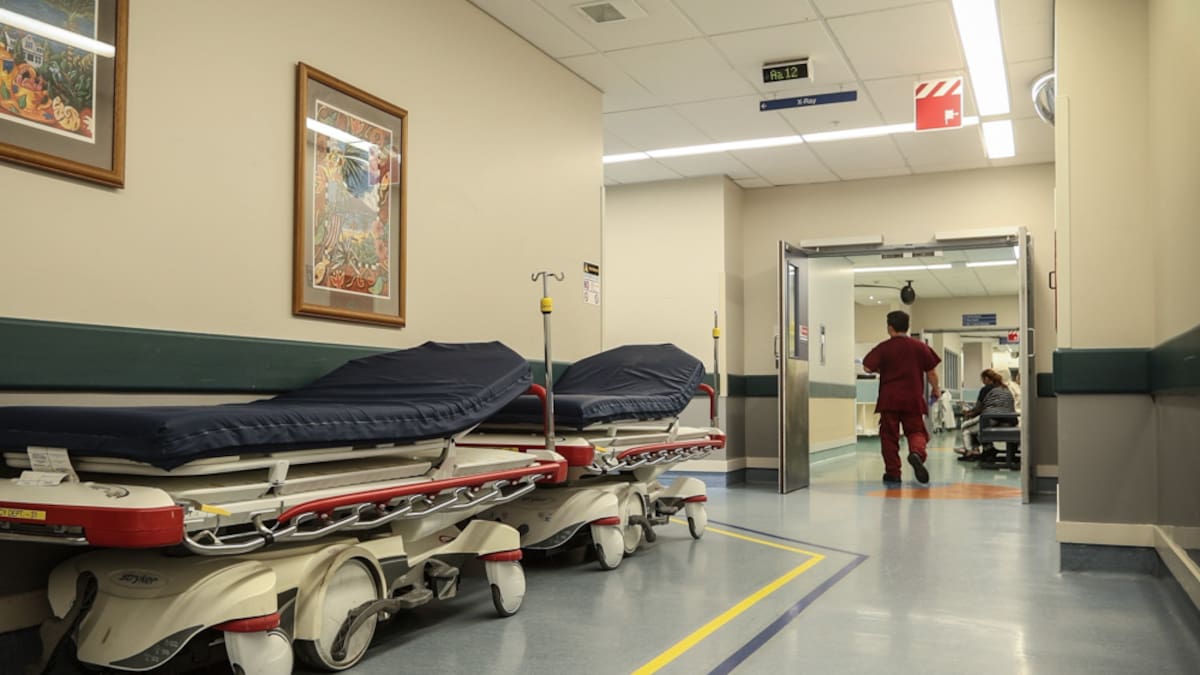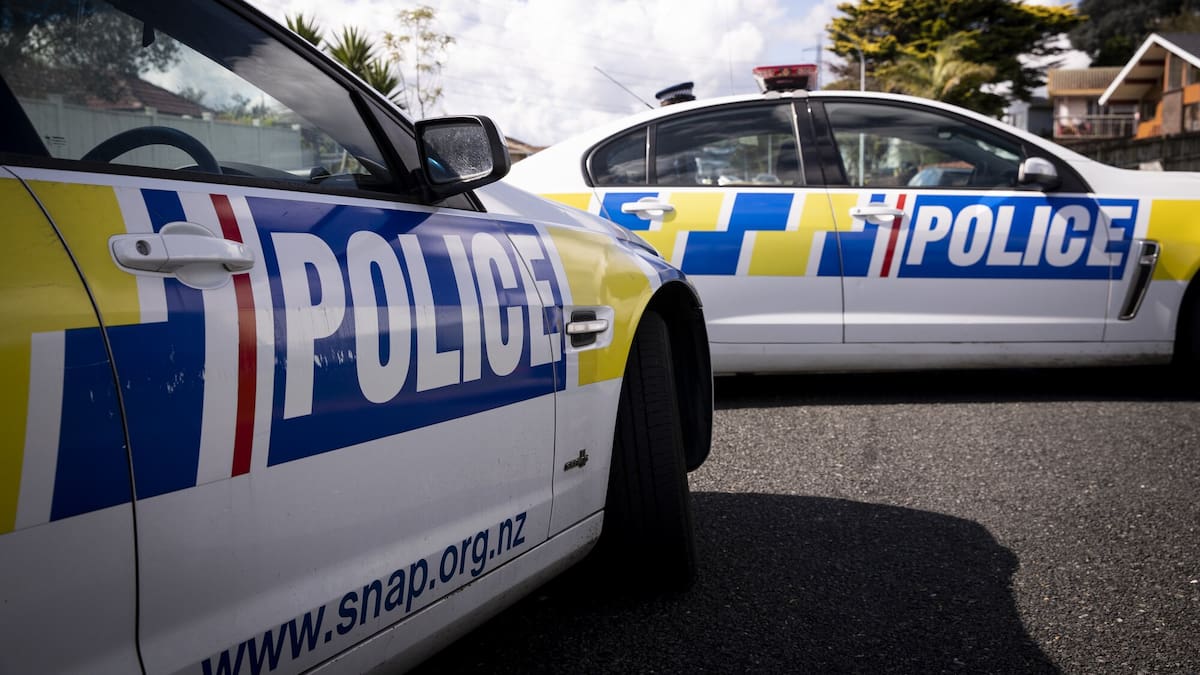Safe said the circumstances surrounding his death expose the brutal nature of racing, where even a winning dog is not safe.
“This young dog gave everything on the track, and it cost him his life. No matter how fast they run or how many races they win, greyhounds are always one fall away from tragedy,” campaign manager Emma Brodie said.
Increase in deaths for penultimate season
The total number of dogs killed has increased compared to last season, rising from 13 to 17.
Over the course of the season, more than 800 dogs suffered race-related injuries, including 114 broken bones.
Racing Minister Winston Peters announced a phase-out of the industry in December 2024, with a full ban to come into effect by July 2026. The next season will be greyhound racing’s last.
Safe urged Greyhound Racing New Zealand (GRNZ) to take immediate steps to slow the pace of racing and pour every resource into rehoming efforts.
“This is GRNZ’s last opportunity to show they care about the dogs they’ve profited from. They can either wind down with dignity or be remembered for prolonging suffering until the very end,” Brodie said.
GRNZ said racing was an energetic sport, which meant that injuries could happen.
“It’s always sad when one of our dogs dies on the track.
“There were 14 greyhound deaths from 34,308 race starts last season. Nine of these were due to injury and five due to a medical event.
“This is a rate of 0.41 deaths per 1000 starters, which is once again lower than that for thoroughbred racing of 0.59 per 1000 starters. We would love to have that number be zero.
“It is disingenuous for Safe to say our people don’t care for their dogs. They’re treated much better than many privately owned dogs. They have annual vet and dental checkups, kennel audits, top-quality food and daily exercise.
“In contrast, councils across the country euthanise at least 6000 unloved dogs a year. The SPCA doesn’t publish how many dogs it euthanises.”





